Disciplinary Inquiry, Access, and Ethics
in Producing Collections as Data
Infrastructures Embody Values
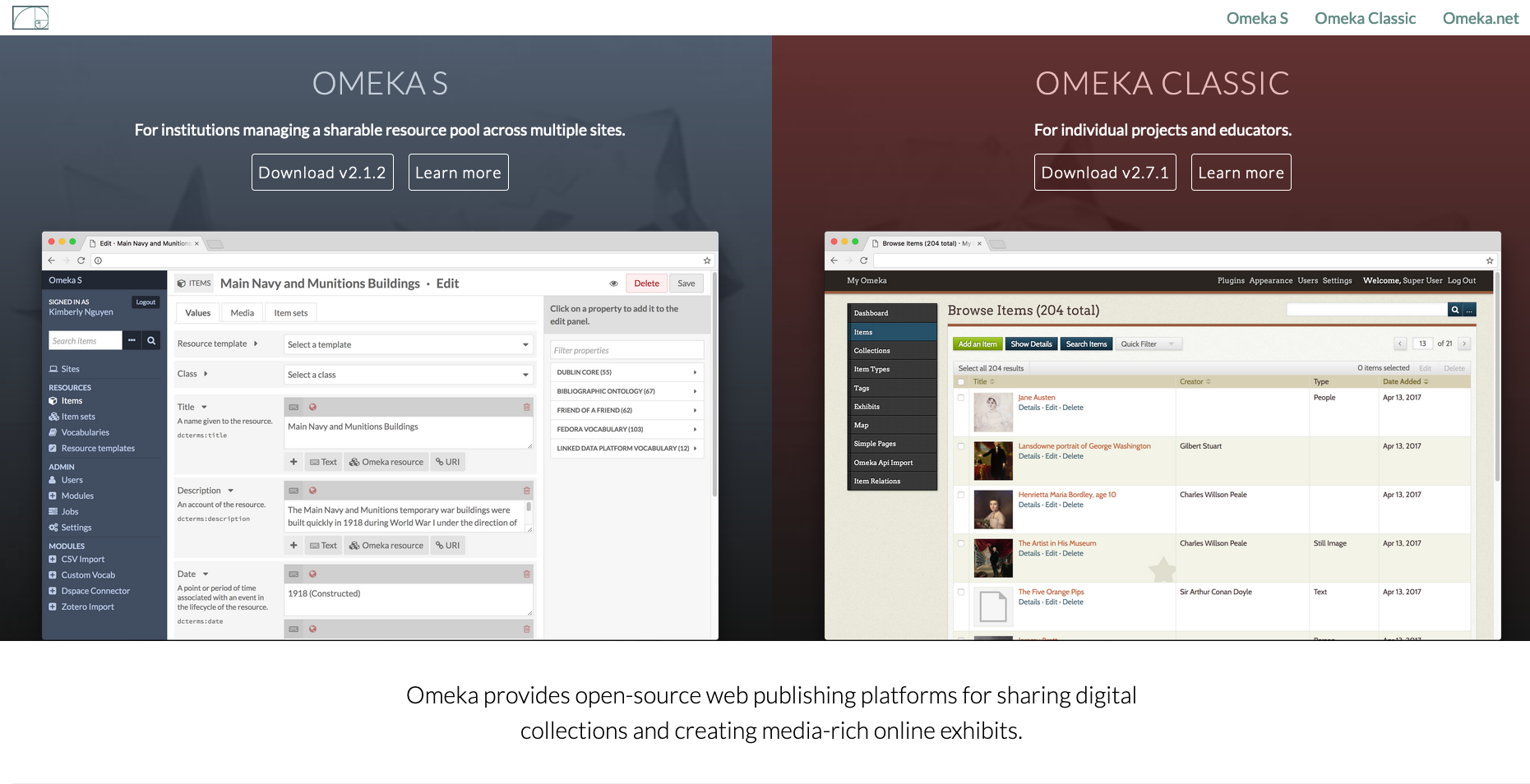
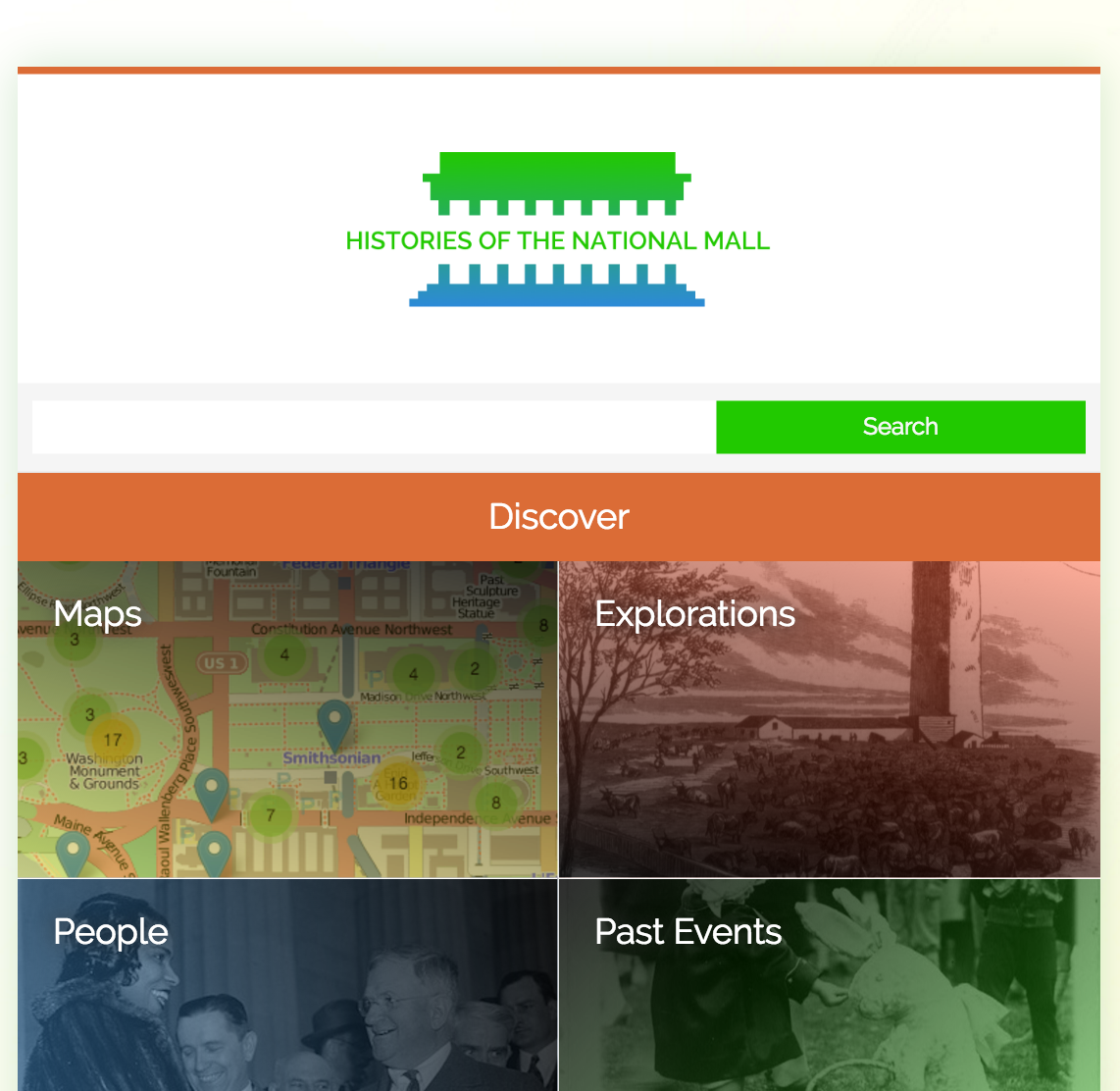

Metadata and Movement
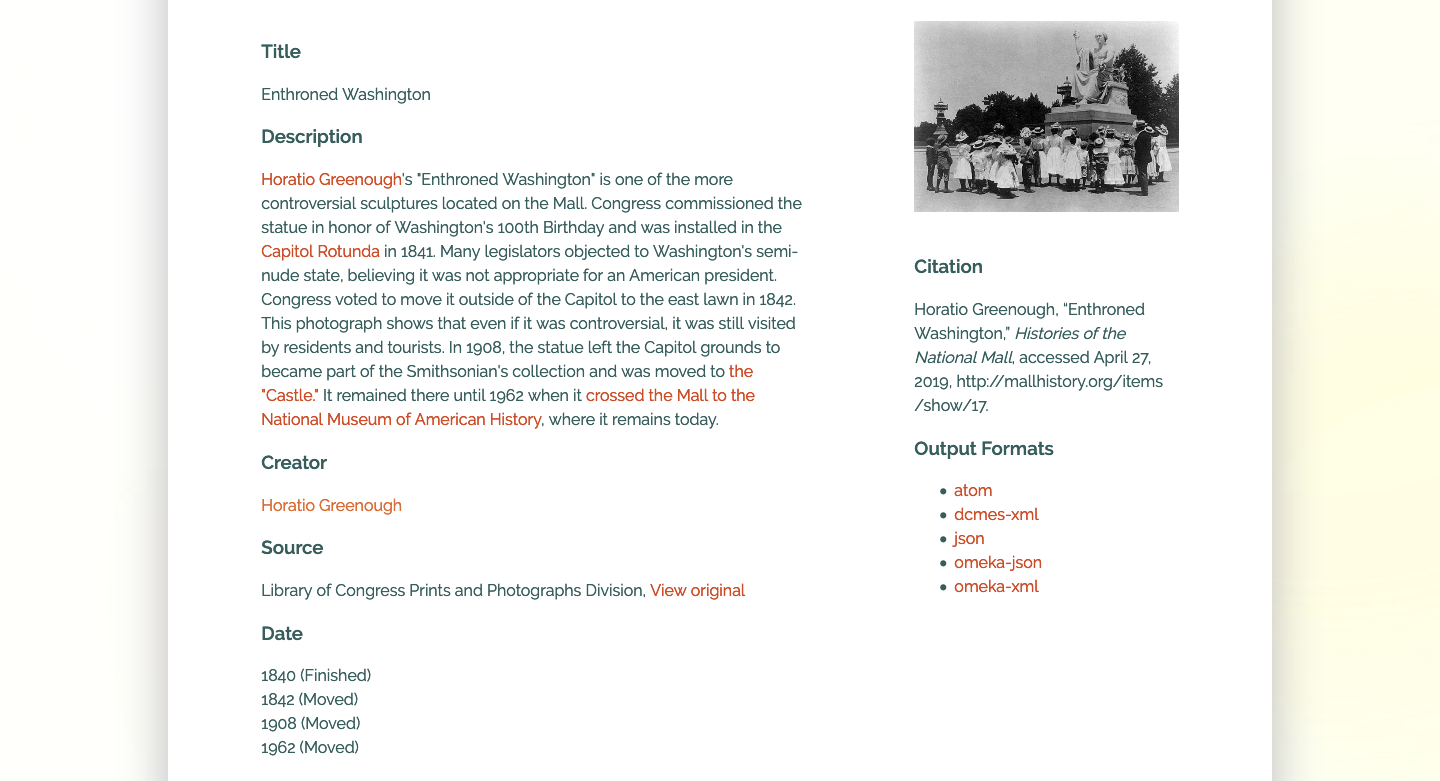
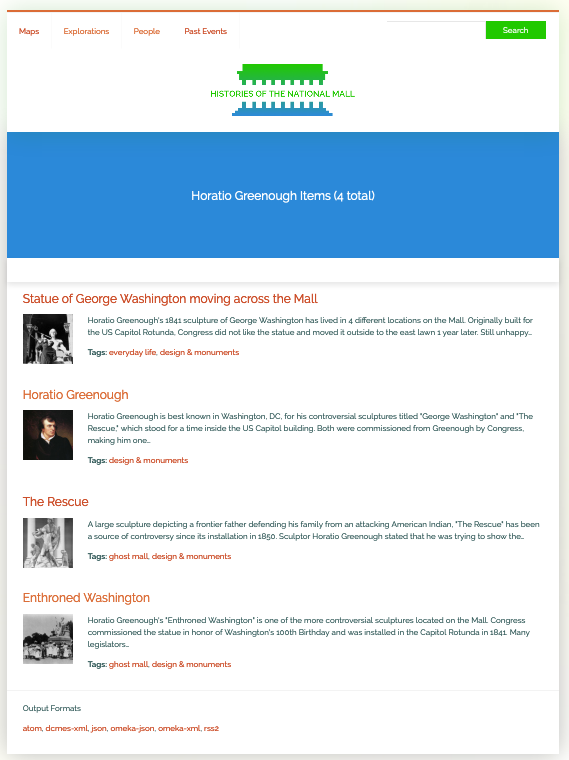
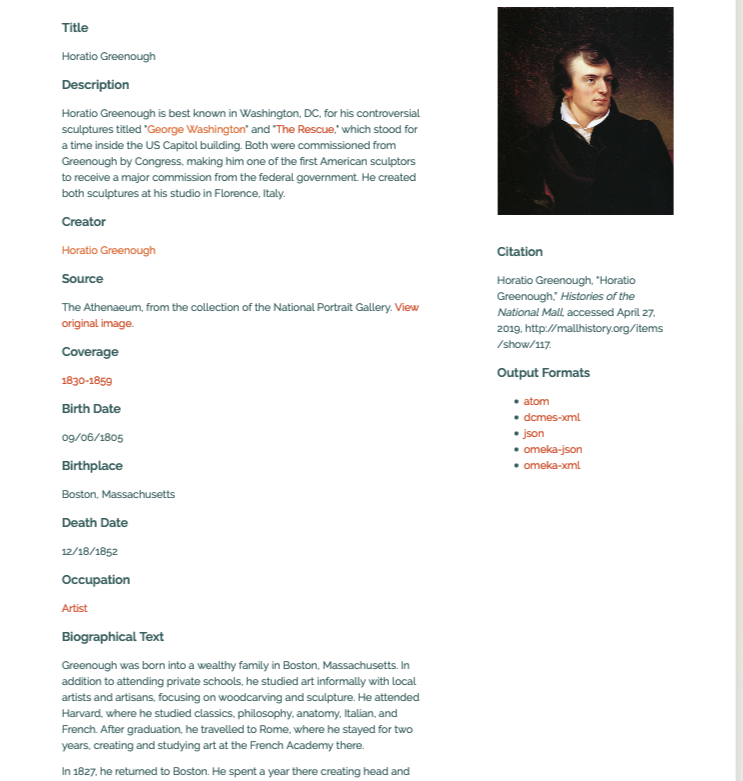

https://localcontexts.org/tk-labels/
Representing People in Data
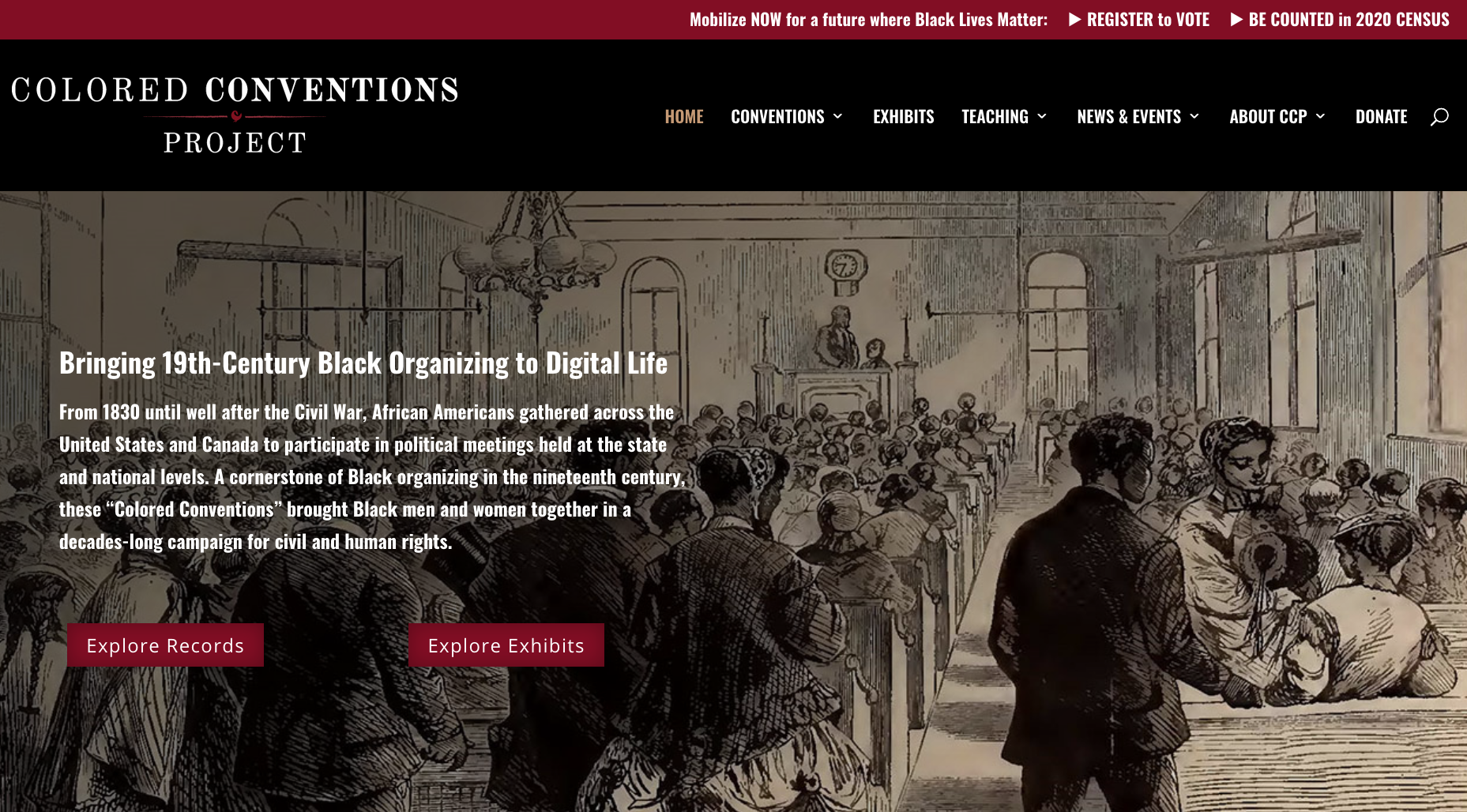
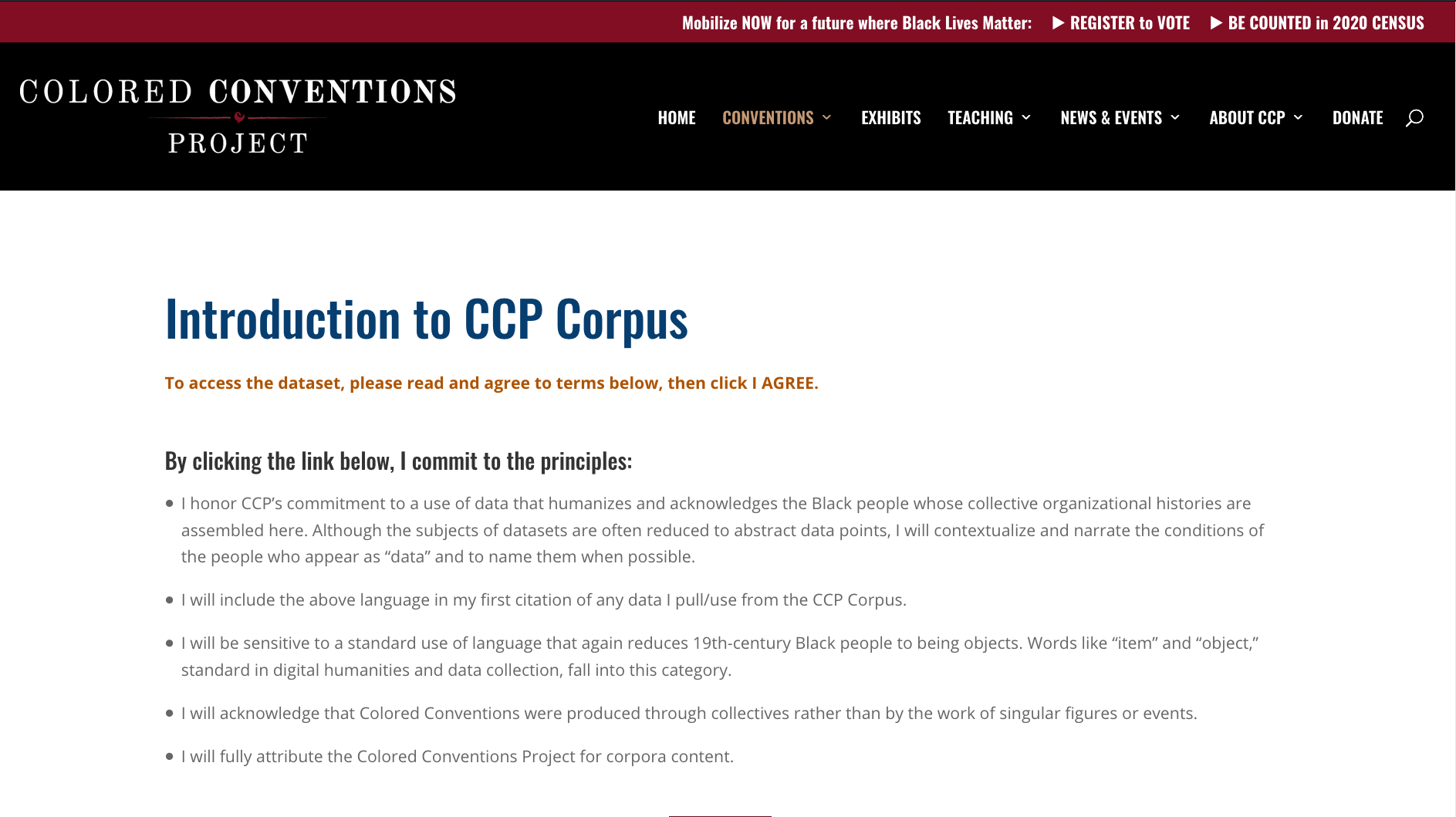
Linked [Open] Data
-
Use URIs as names for things
-
Use HTTP URIs so that people can look up those names.
-
When someone looks up a URI, provide useful information, using the standards
-
Include links to other URIs. so that they can discover more things.
Tim Berners-Lee (2006),
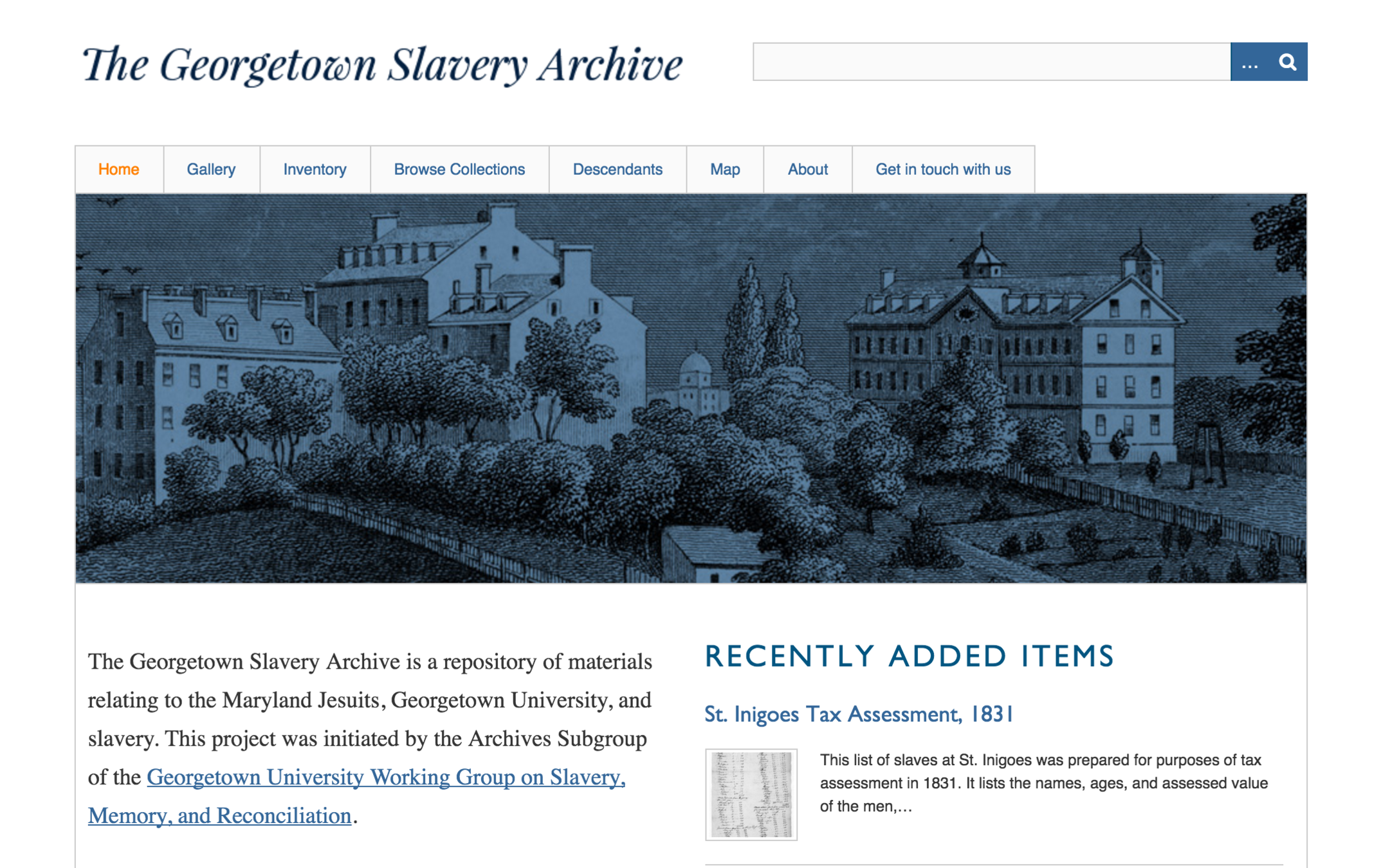

People Owned by the MP SJs
- 1,140 individuals enslaved people
- 30 enslaved people owned by others
- 32 free Blacks
- 108 partnerships
- 394 parent-child relationships
- 1,700 events (life course, labor, freedom, health)
Tidy, Rectangular Data
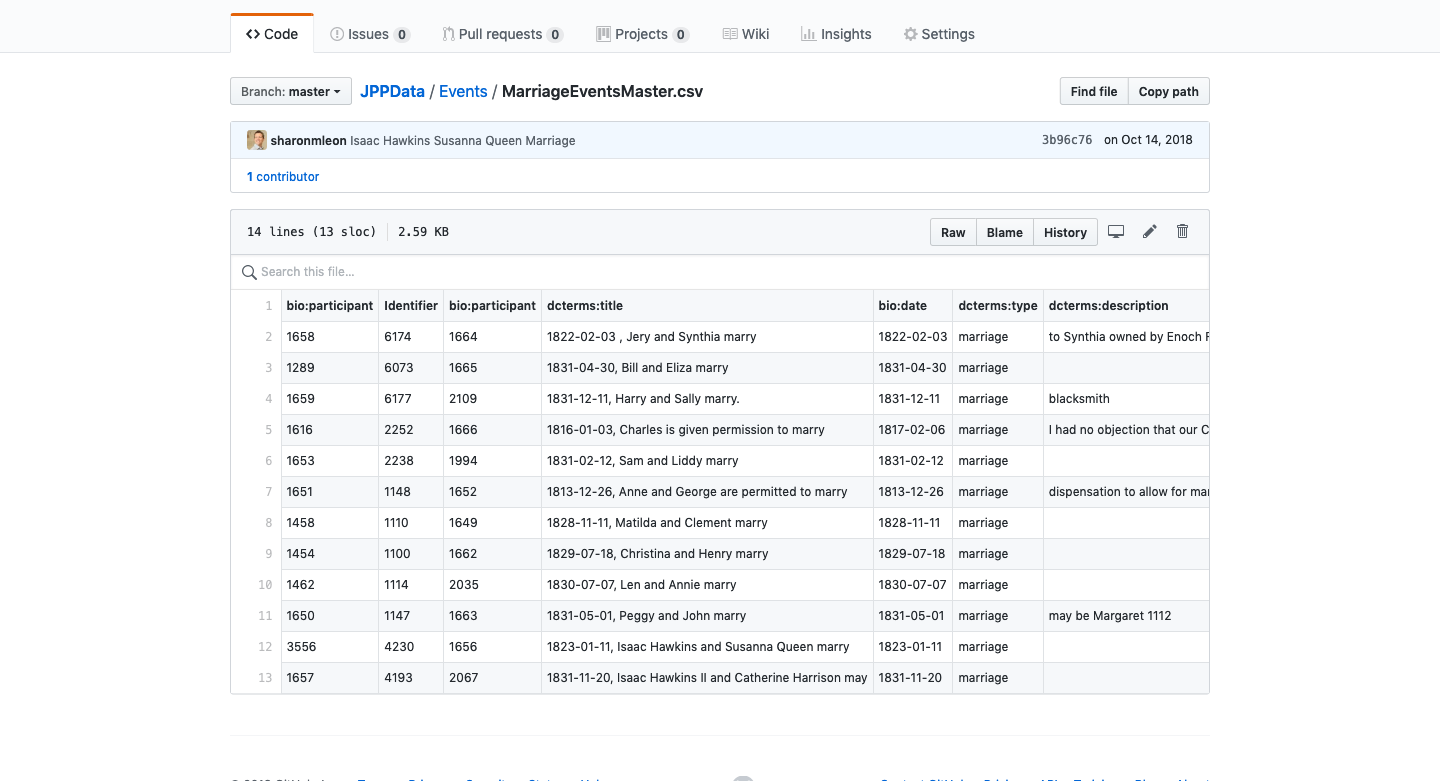
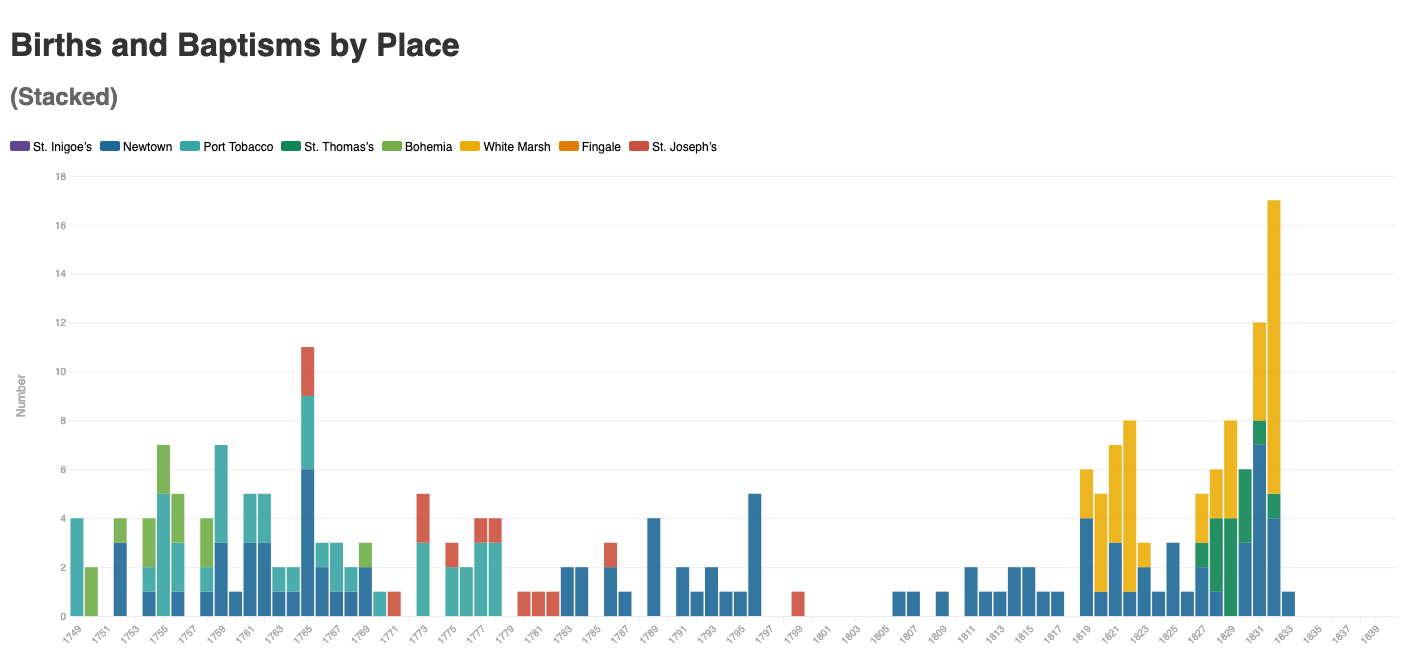
Questions that are good to think with
Infrastructure
-
How do our ethical concerns interface with our choice of infrastructure and our descriptive approaches?
-
How do our platforms support or hinder the effort to strike a balance between ethical concerns and access?
-
What standards and constraints are built into the architecture?
-
How are we choosing and developing our controlled vocabularies (LCSH, Traditional Knowledge Labels, custom vocabularies, community generated)?
-
How transparent are we about how and why we are making these decisions? (codebook; documentation)
Ethics of Access
-
How do our approaches to data creation and representation change when the data can be loosed from the initial record and the full context of creation?
-
What have we done to recognize and mitigate the fact that the human subject protections of our institutional administrations are really just baseline considerations, rather than deeply considered ethical engagements and commitments?
Questions that are good to think with
Disciplinary Inquiry, Access and Ethics Part II
By sharonmleon
Disciplinary Inquiry, Access and Ethics Part II
- 282



